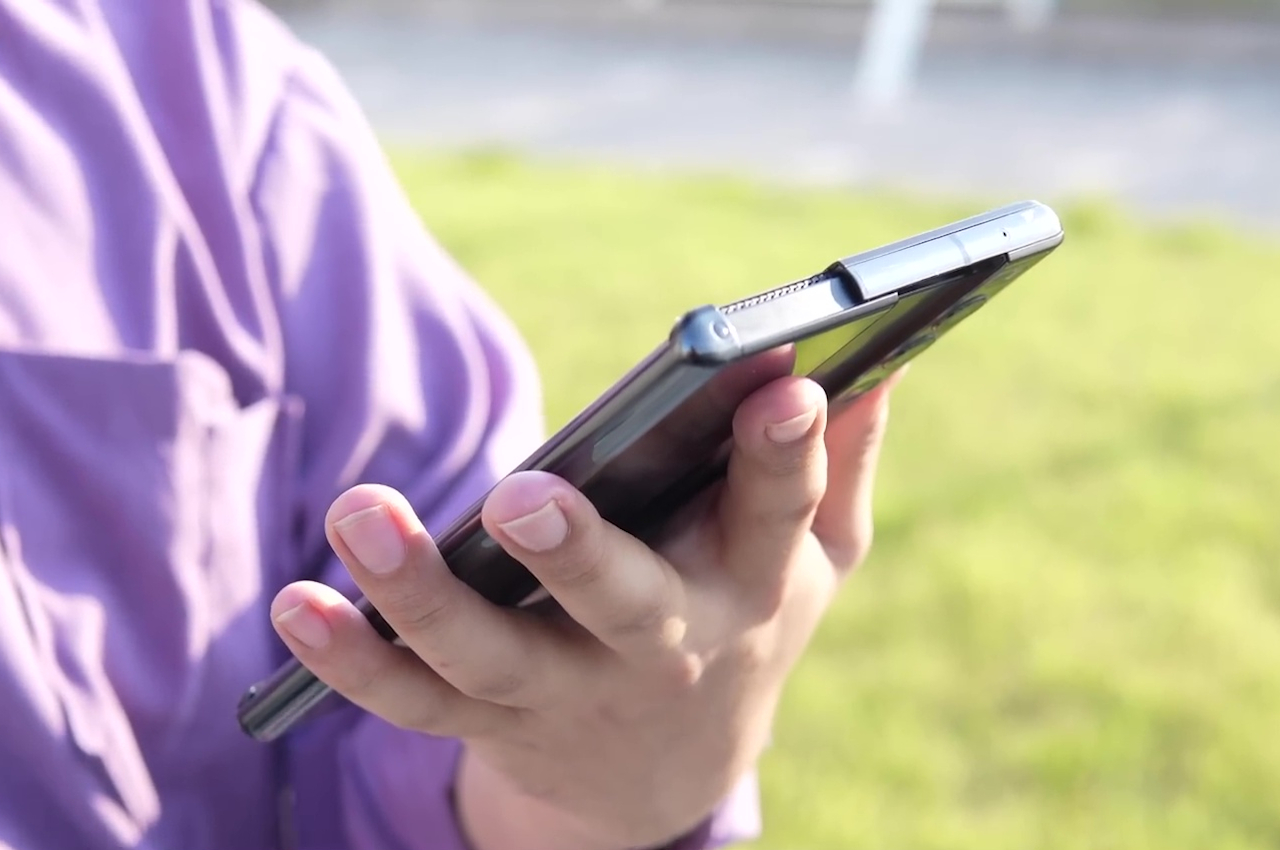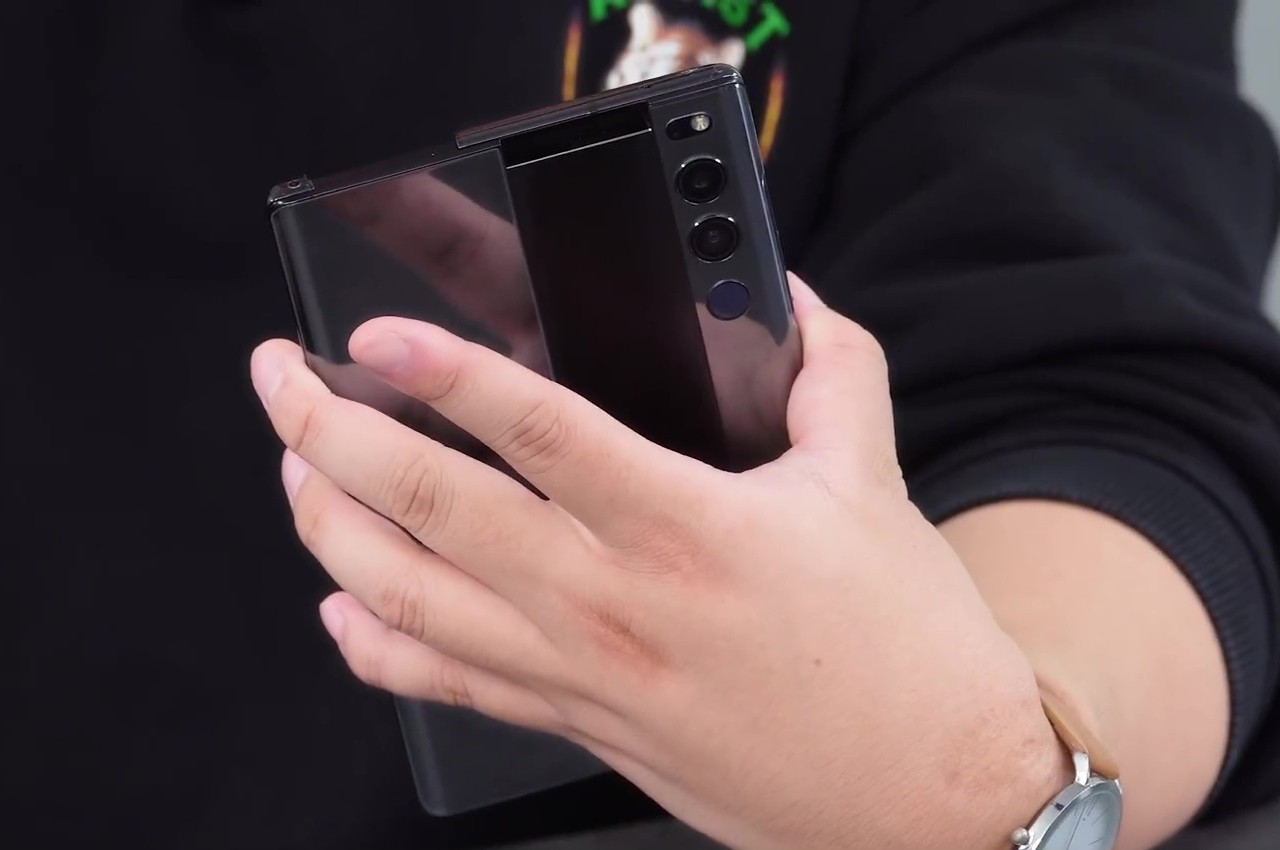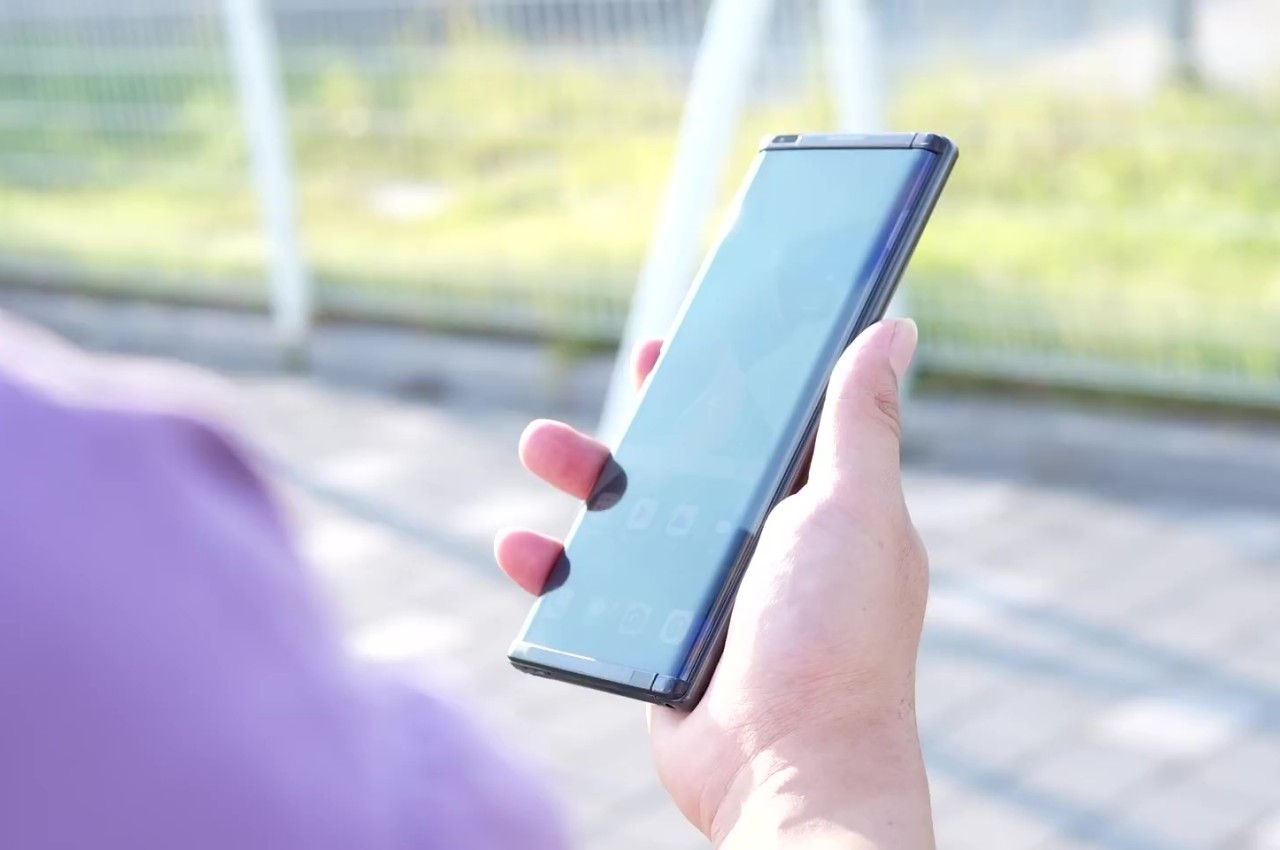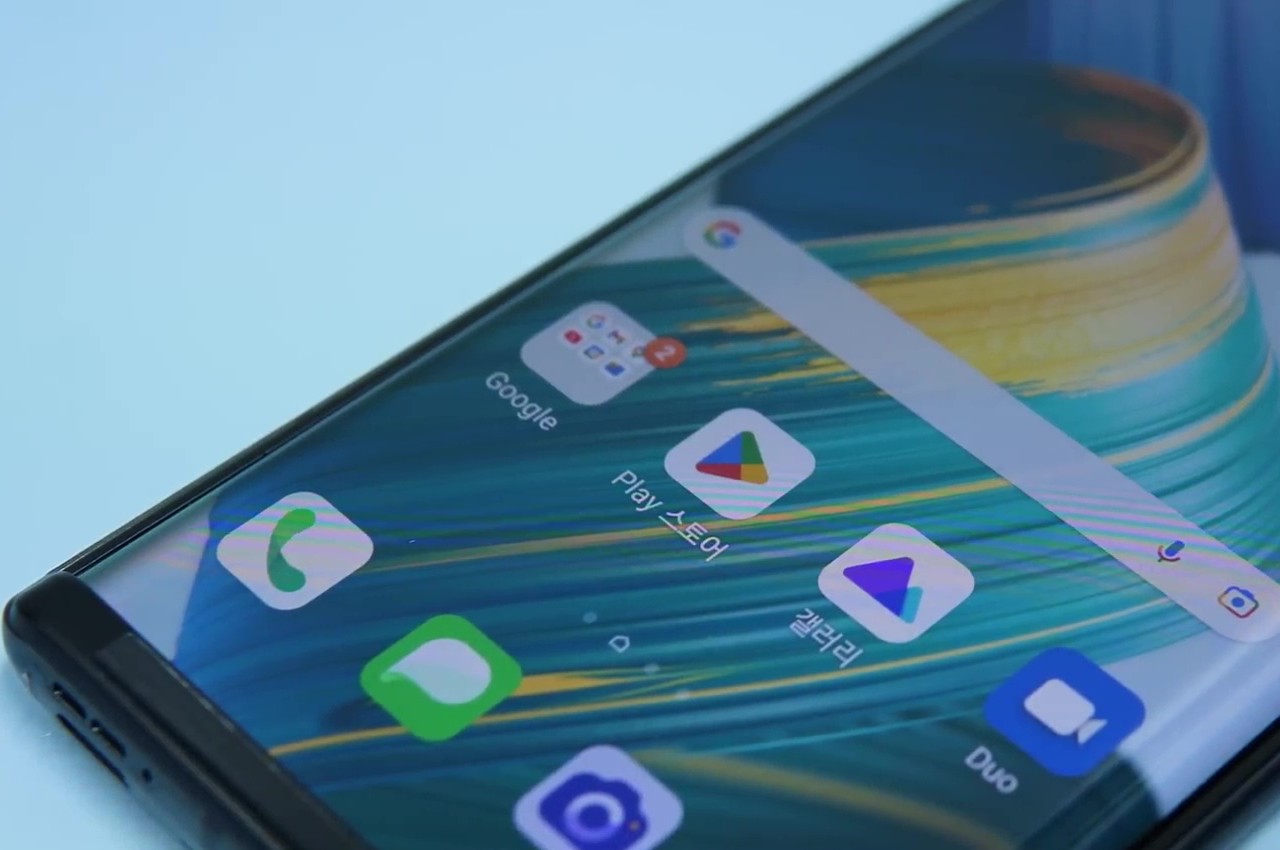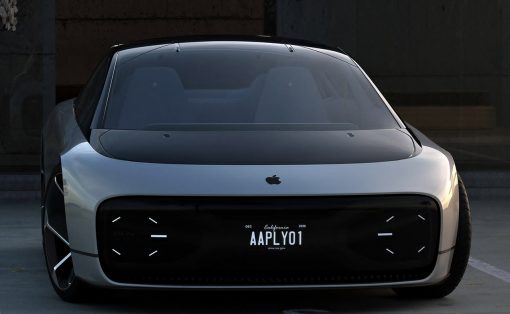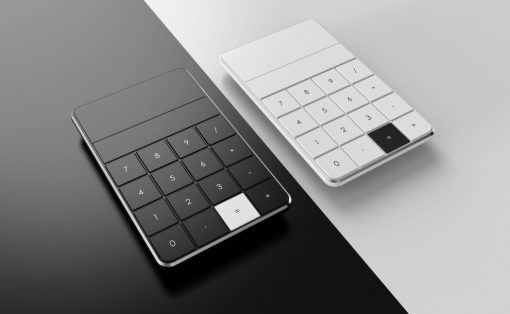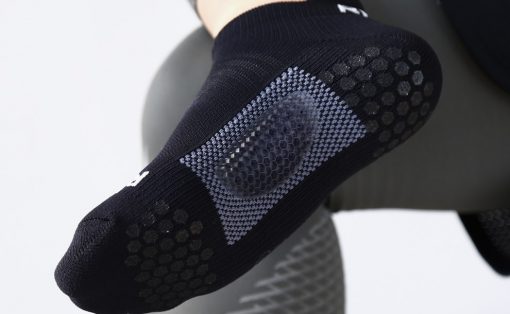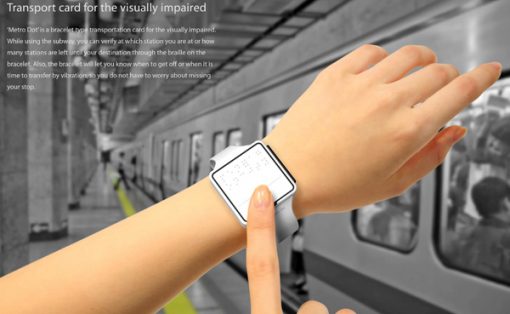Samsung might be crazy about foldable phones and is trying to make them mainstream, but these aren’t the only futuristic designs that could change the way we use smartphones forever. In some ways, it might actually be the less practical and less economical option, considering all the costs and compromises that had to be made to make it work well. Another option that phone manufacturers have been looking into is a phone that expands its display by rolling out part of the screen. LG was one of those dreamers and was on the verge of finally making it happen when it sadly had to close up its mobile shop. While the LG Rollable will no longer be, new information and videos show how this design could have offered a better way to have a phone and a tablet in one.
Designer: LG
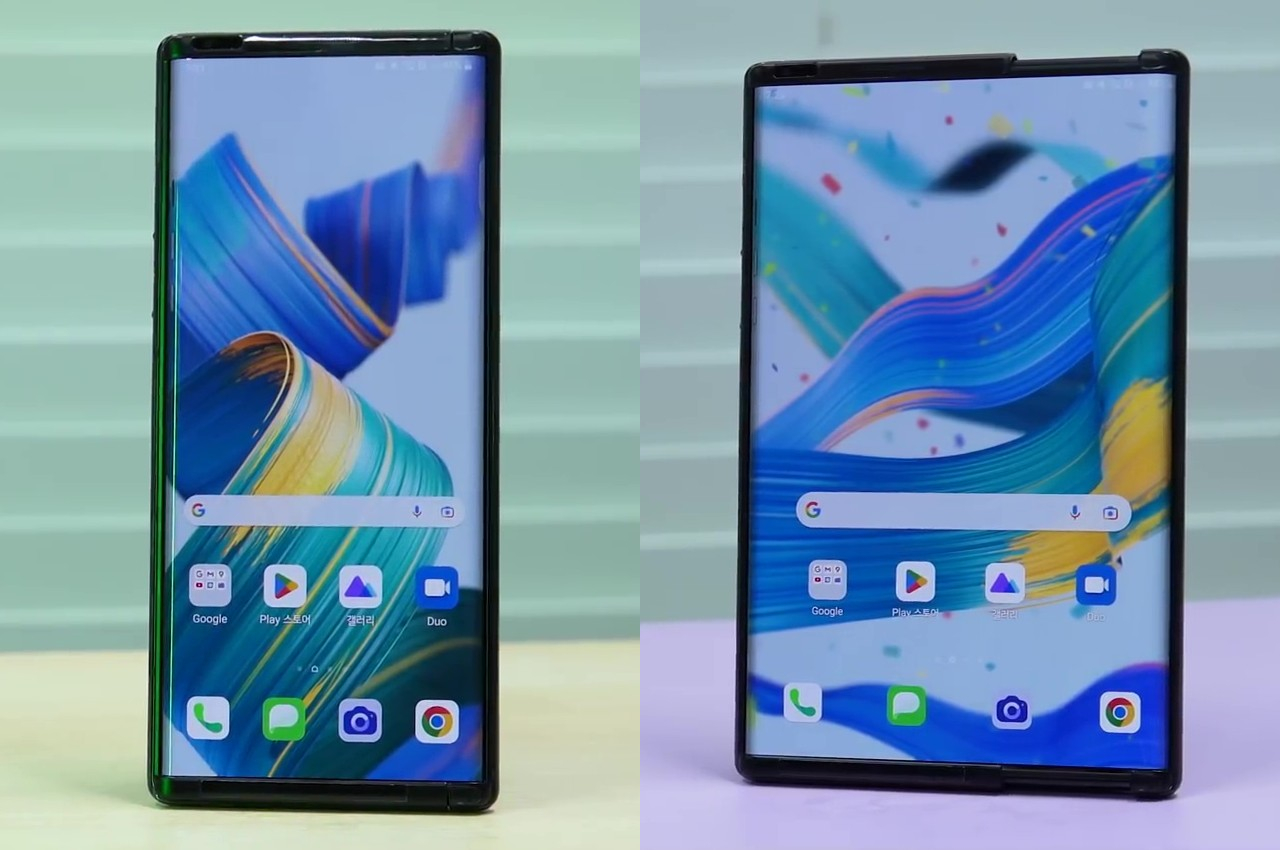

To be fair, there is no clear winner yet among the different designs of these “morphing” smartphones. Foldables are currently leading the race, but it might only be a matter of time before rollables start rolling out. Despite being relatively older, foldable designs still have a lot of growing up to do. For example, one design requires having a second on the outside to make the phone even usable when folded. There is also still plenty of room to improve the hinge in order to reduce creasing. There’s also the fact that the flexible panel used is still more fragile than the regular displays on regular phones.
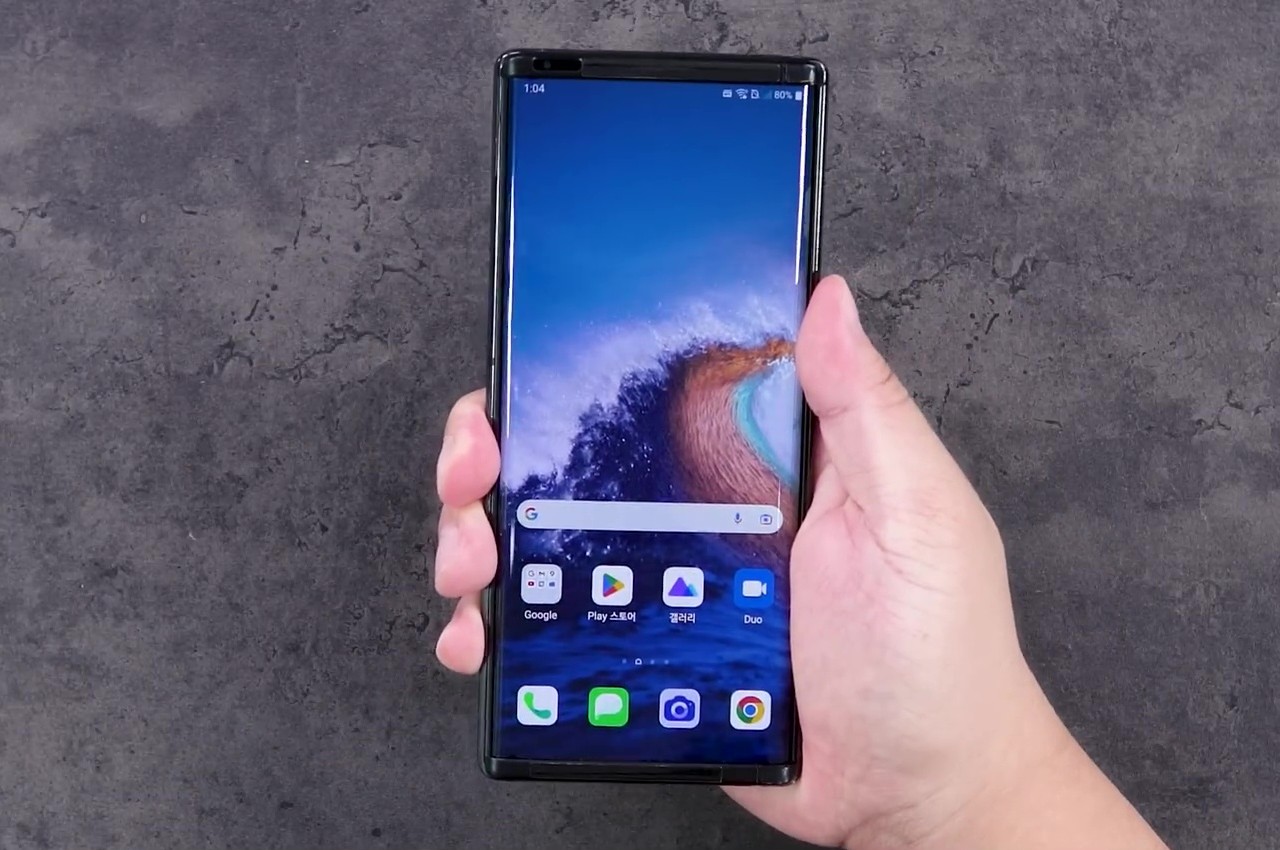
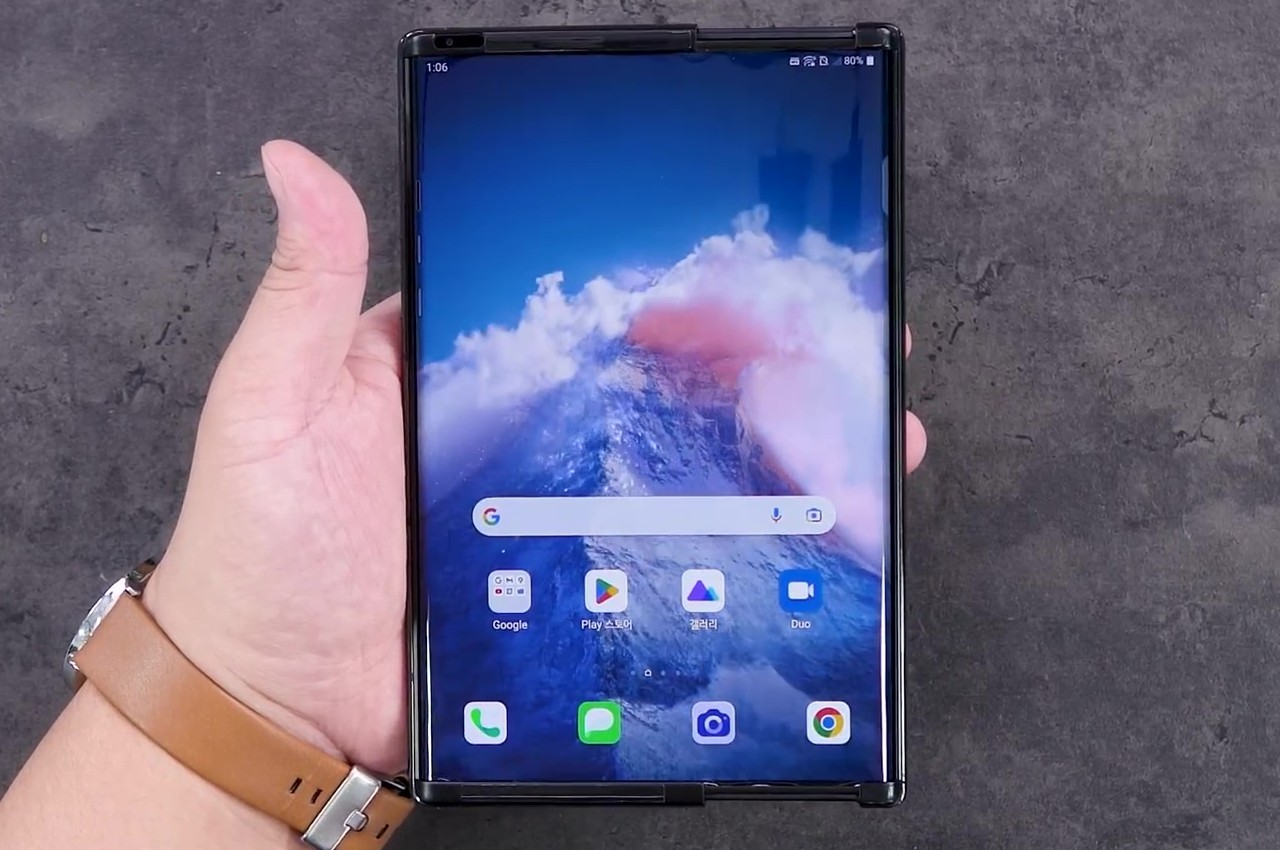
As this new hands-on video shows, the LG Rollable almost fixes most of those concerns. When rolled up, it is pretty much just a regular phone in a regular size that happens to have a softer display on the back. When rolled out, however, the 6.8-inch phone becomes a 7.4-inch tablet that, while smaller in size, could easily replace “mini” tablets in terms of use.
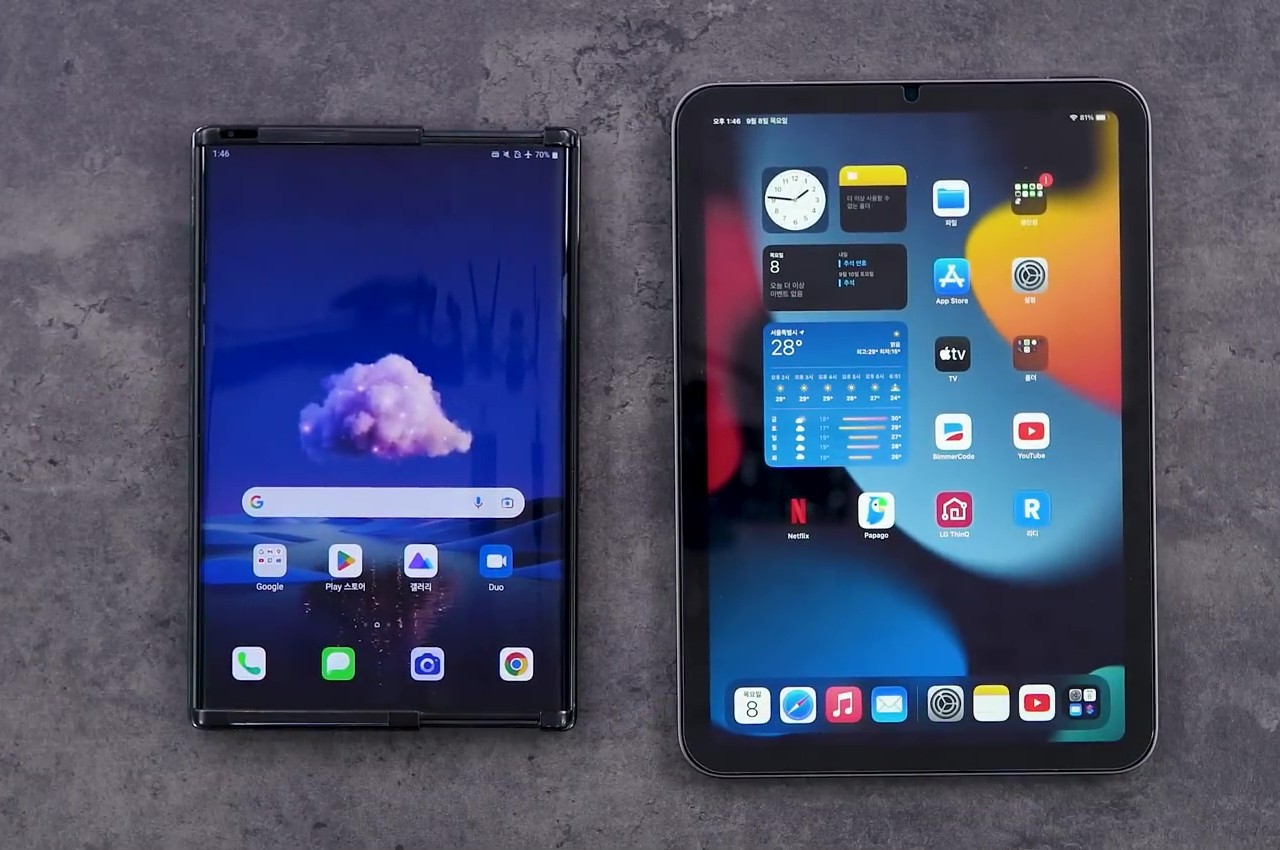
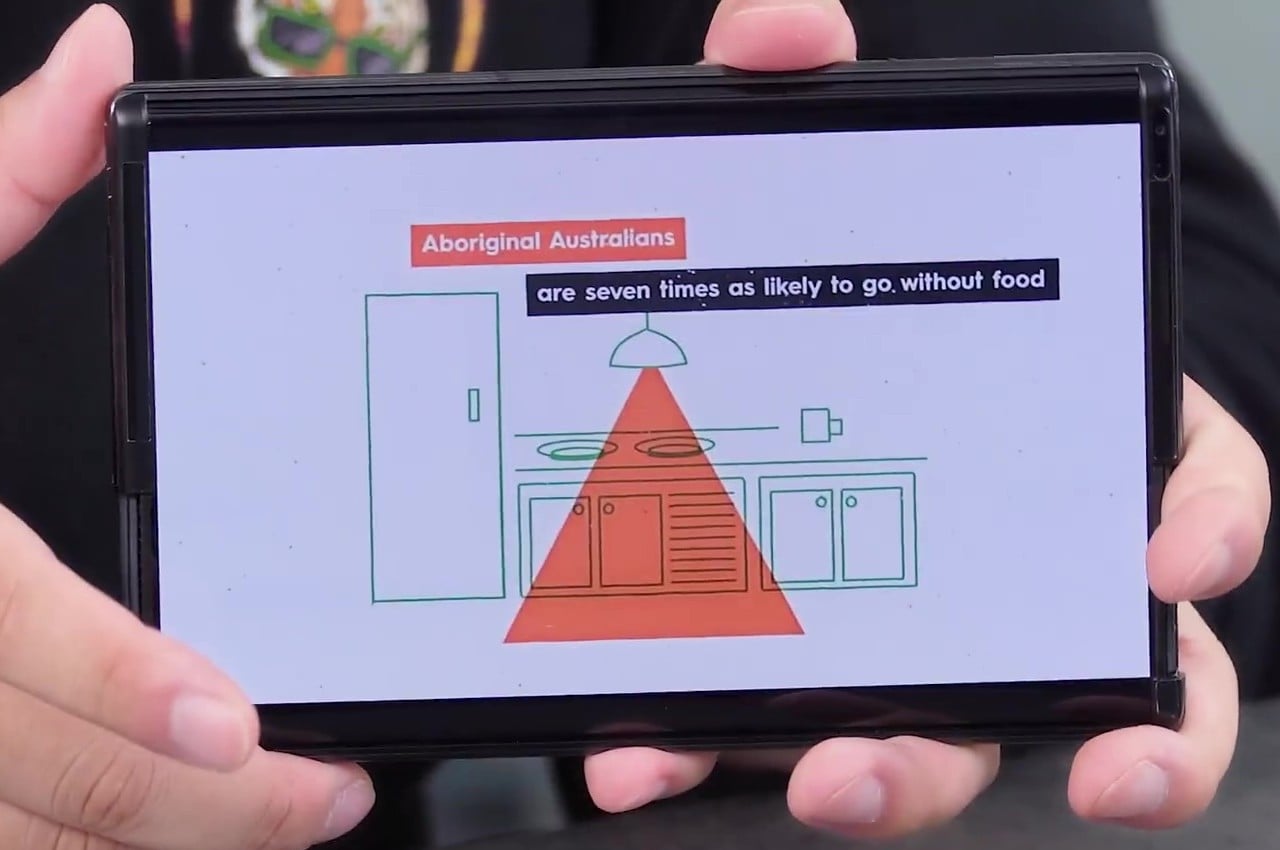
That’s the same spiel that phones like the Samsung Galaxy Z Fold series make, but a rollable design has a few advantages. One of the biggest is that the “main” part of the display doesn’t need to be flexible and fragile and can be as rigid as typical smartphone screens. Only the area that actually bends and rolls has to be flexible. This makes the phone easily usable in its rolled-up form while also minimizing the potential for damage.
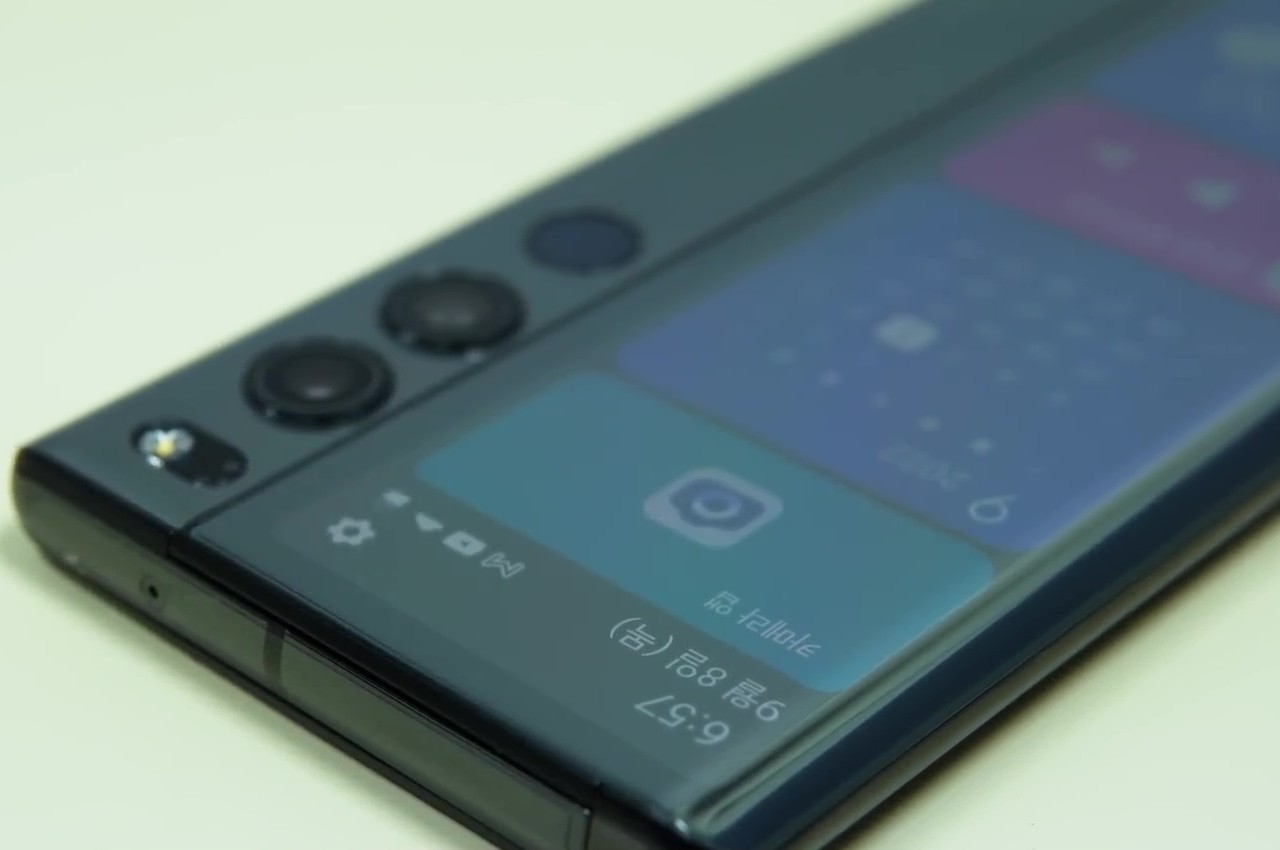
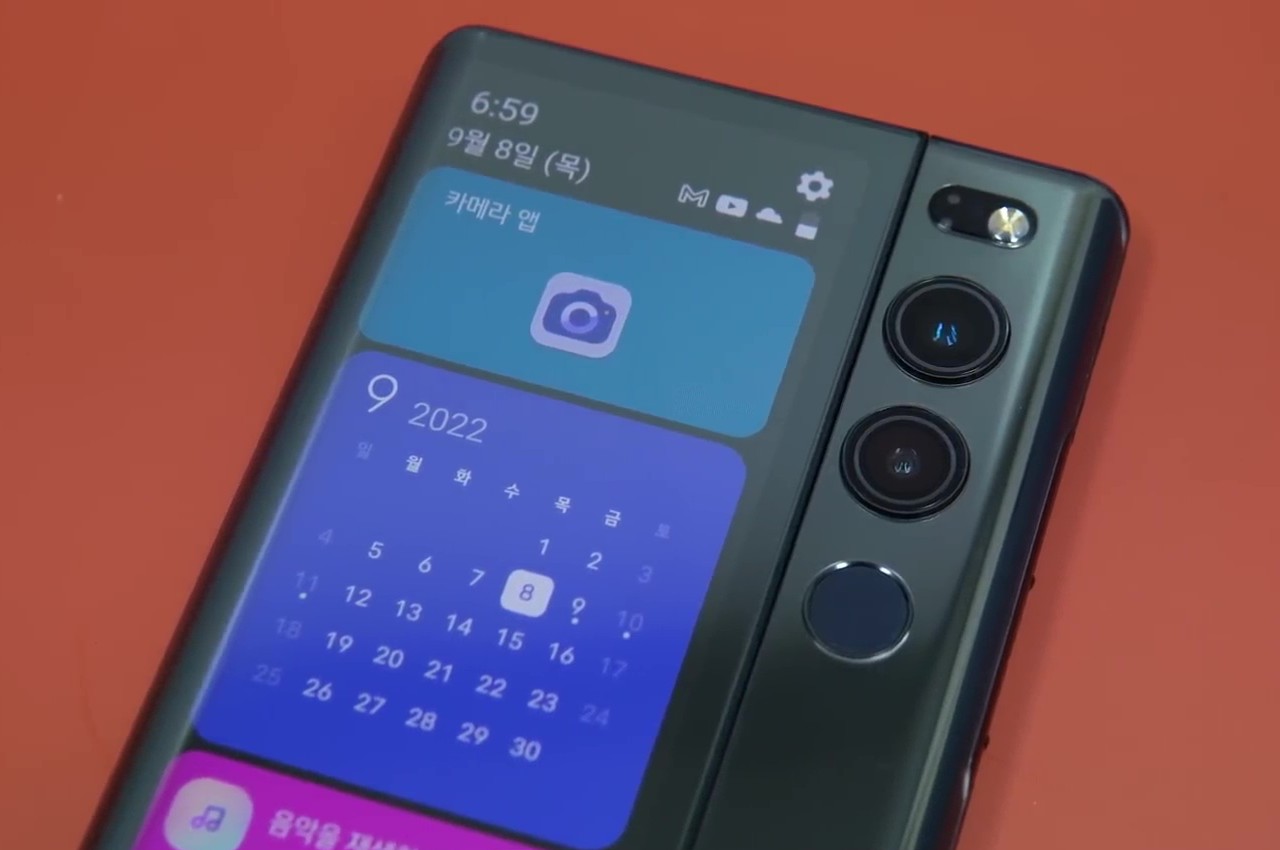

As a first-gen device, the LG Rollable does still have a few flaws. The creases aren’t completely gone, and there are actually more than one of them this time. There’s also an audible sound when the motors roll the side of the phone to shrink or expand the display. These imperfections could be solved by iterating over the design and the technology, though that will no longer be possible in LG’s case.

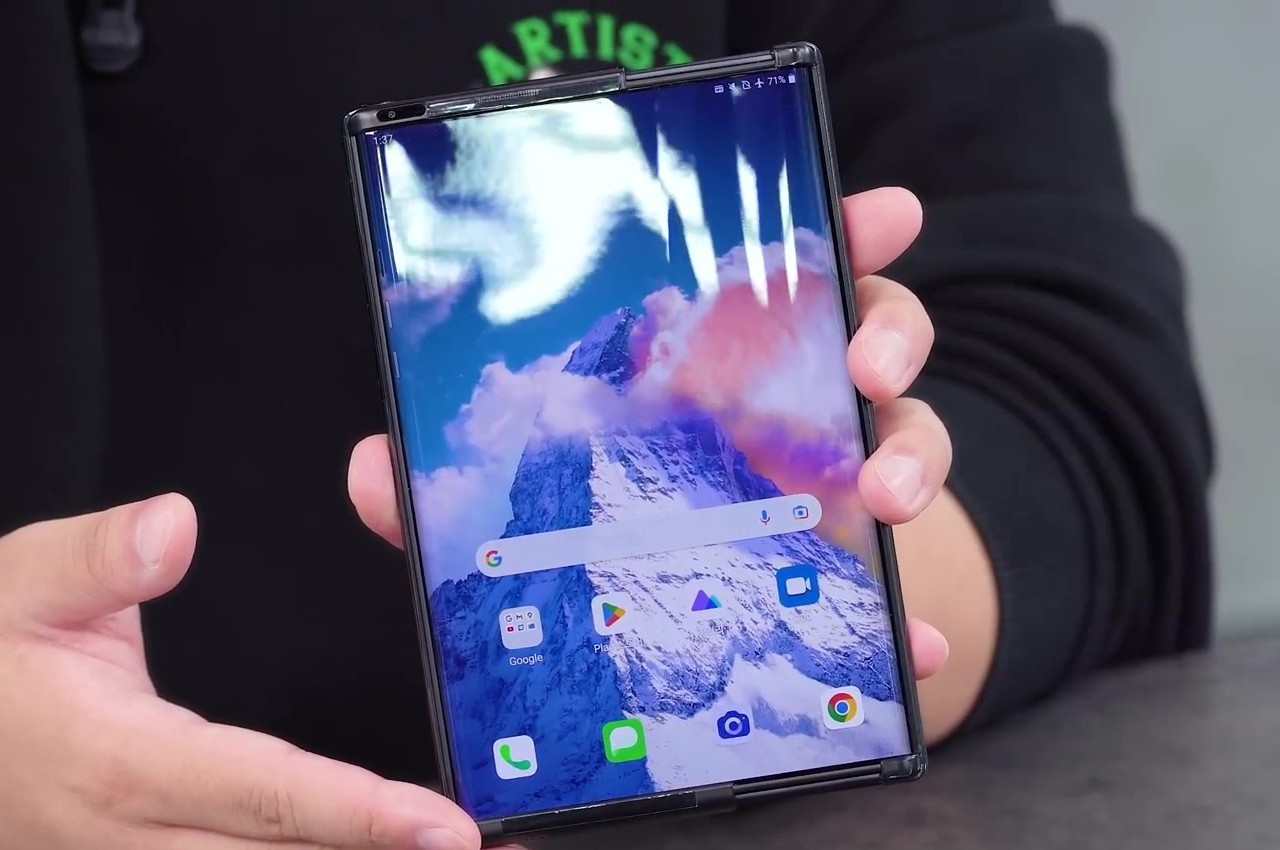
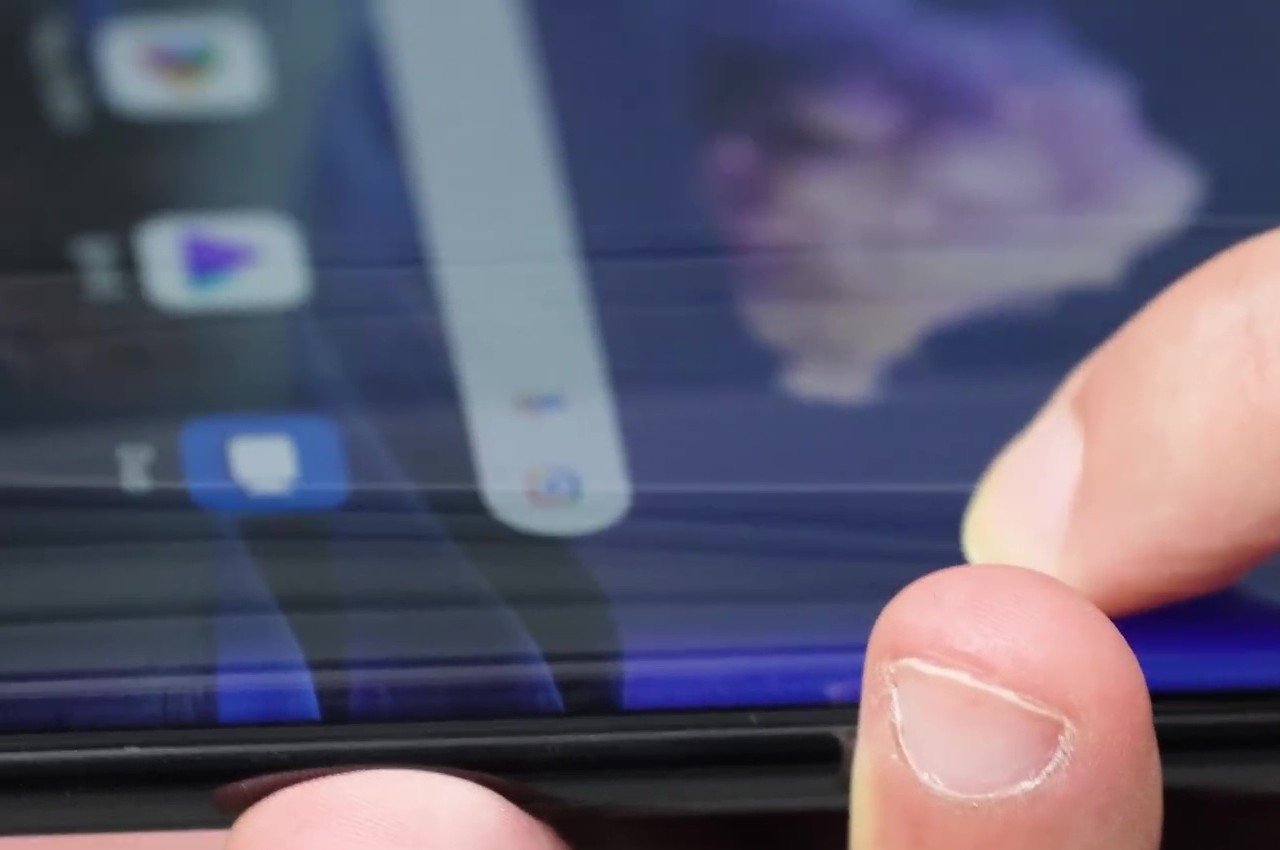
It is definitely a tragedy that LG shut down its mobile business, especially before it had the chance to bring the LG Rollable to the market. There are, of course, other brands that will try to pick up where it left off to prove the feasibility of a rollable design. Perhaps those would have already addressed the flaws of what would have been the market’s first rollable phone and would deliver something that is a bit closer to the ideal form-changing phone.
